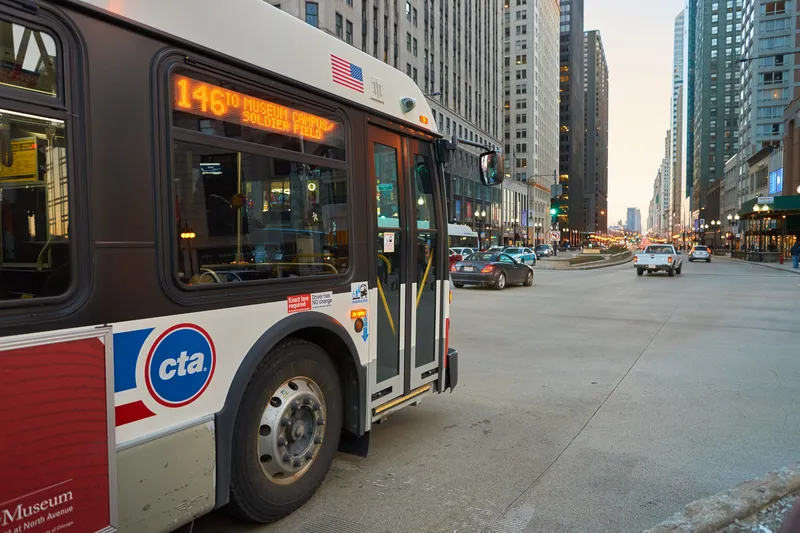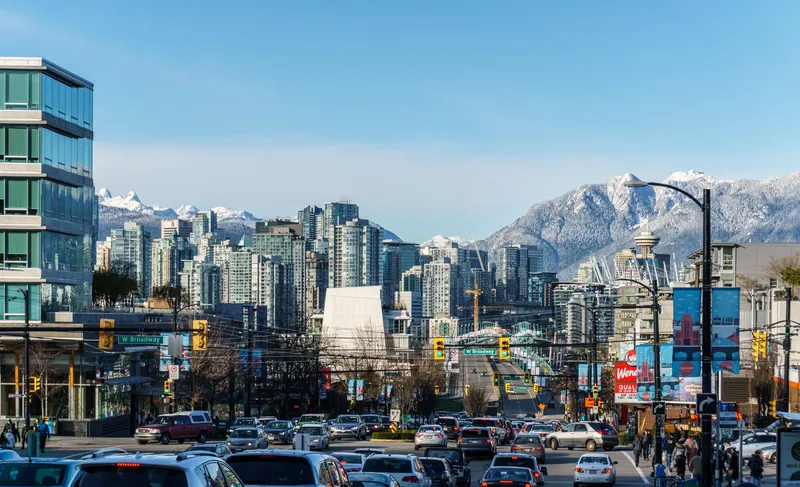To many, Xerox is nothing more than the ‘copy company’. For those who know better, they are now the largest provider of transportation services to governments around the world. Xerox is appearing in all sorts of unexpected places after their acquisition of Affiliated Computer Services (ACS) in 2010 and dropping the ACS name earlier this year. To help establish the company as a key player in the intelligent transportation world, Xerox chairman and CEO Ursula Burns will be the featured speaker at the 2012 ITS
May 16, 2012
Read time: 2 mins

RSSTo many, 4186 Xerox is nothing more than the ‘copy company’. For those who know better, they are now the largest provider of transportation services to governments around the world. Xerox is appearing in all sorts of unexpected places after their acquisition of Affiliated Computer Services (13 ACS) in 2010 and dropping the ACS name earlier this year.
To help establish the company as a key player in the intelligent transportation world, Xerox chairman and CEO Ursula Burns will be the featured speaker at the 2012 ITS America Annual Meeting. She will speak about her impatience in trying to bring about innovative new ways to make transportation simple.
On the company’s booth at ITS America, Xerox will demonstrate how their researchers, who for decades focused on ‘multi-function devices’, are now applying innovation to improve transportation. For example, with an estimated 30 per cent of urban congestion linked to parking, Xerox will show how they are making finding and paying for a parking space easier in places like Indianapolis and Los Angeles.
They are also presenting solutions on:
• Congestion Management Tolling – using unique, dynamic pricing algorithms help improve parking and tolling management by adjusting prices based on current demand to help keep traffic flowing and reduce congestion. Xerox will demonstrate how its imaging heritage is being applied to dynamic pricing technology to improve collection and enforcement.
• Intelligent public transport – Public transportation is more popular than ever in the Canadian city of Brampton, where bus and bus terminals are now connected electronically to better inform passengers of schedules, delays, routes and changes. Xerox will demonstrate the SmartTraveler Plus app, which gives Brampton commuters mobile access to real-time schedule and route information via phone and personal computing devices.
• Data Analytics – Using data that transportation agencies already have, Xerox will show how they are able to ‘make sense’ of that information so transportation managers can find patterns, trends and solutions. Using a ‘city dashboard’ including heat maps that graphically illustrates varying levels of transportation activity on varying services (parking, tolling, public transit, etc.) at any given moment in various parts of a city.
To help establish the company as a key player in the intelligent transportation world, Xerox chairman and CEO Ursula Burns will be the featured speaker at the 2012 ITS America Annual Meeting. She will speak about her impatience in trying to bring about innovative new ways to make transportation simple.
On the company’s booth at ITS America, Xerox will demonstrate how their researchers, who for decades focused on ‘multi-function devices’, are now applying innovation to improve transportation. For example, with an estimated 30 per cent of urban congestion linked to parking, Xerox will show how they are making finding and paying for a parking space easier in places like Indianapolis and Los Angeles.
They are also presenting solutions on:
• Congestion Management Tolling – using unique, dynamic pricing algorithms help improve parking and tolling management by adjusting prices based on current demand to help keep traffic flowing and reduce congestion. Xerox will demonstrate how its imaging heritage is being applied to dynamic pricing technology to improve collection and enforcement.
• Intelligent public transport – Public transportation is more popular than ever in the Canadian city of Brampton, where bus and bus terminals are now connected electronically to better inform passengers of schedules, delays, routes and changes. Xerox will demonstrate the SmartTraveler Plus app, which gives Brampton commuters mobile access to real-time schedule and route information via phone and personal computing devices.
• Data Analytics – Using data that transportation agencies already have, Xerox will show how they are able to ‘make sense’ of that information so transportation managers can find patterns, trends and solutions. Using a ‘city dashboard’ including heat maps that graphically illustrates varying levels of transportation activity on varying services (parking, tolling, public transit, etc.) at any given moment in various parts of a city.
Booth #511
www.acs-inc.com/transportation.aspx
RSS








